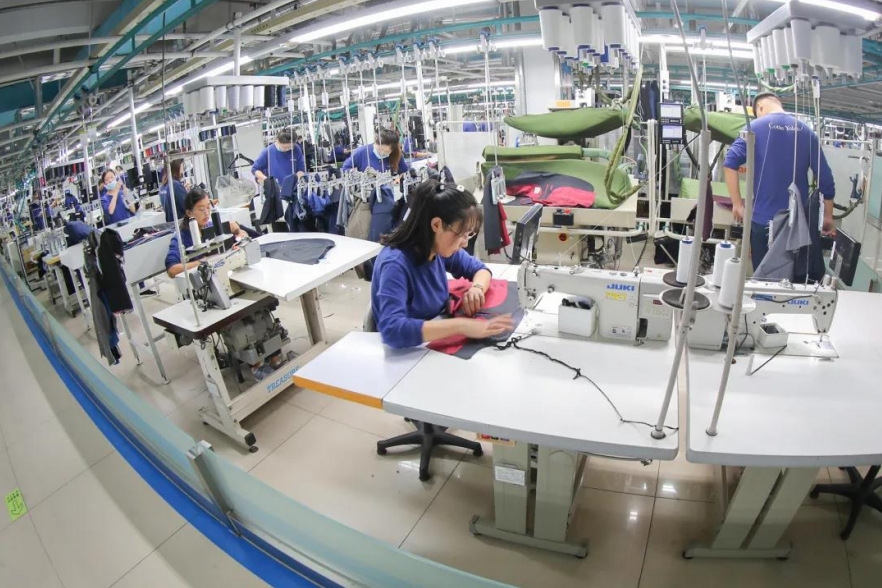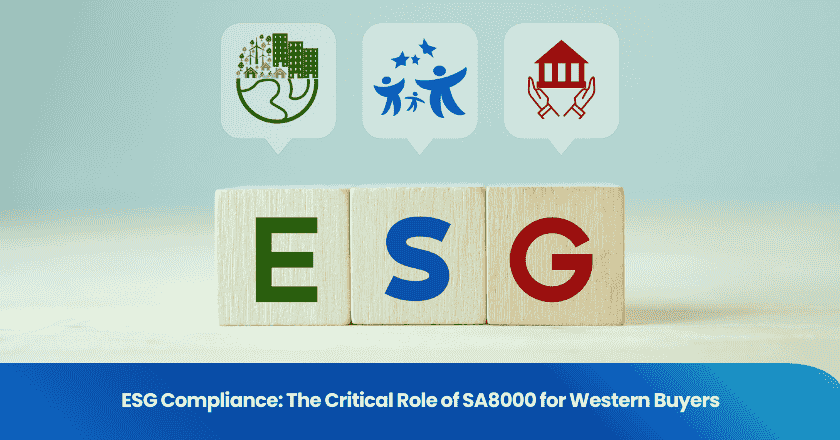
In the globalized business environment, finding local clothing manufacturers is becoming increasingly strategic for fashion brands and designers. This trend is not only about cost control and supply chain optimization, but also about supporting local economies and considering sustainable development.
The importance of finding local clothing manufacturers is firstly reflected in cost control. Working with local manufacturers can significantly reduce the cost and time of long-distance transportation. Compared to importing from overseas, local sourcing eliminates the need for expensive international logistics and avoids the lengthy process of sea or air freight, reducing the cost of the product. This is a huge advantage for brands looking to increase profit margins or maintain price competitiveness.
In addition to cost control, seeking support from local clothing manufacturers supports the local economy. Local manufacturers are often an important part of the local community, providing employment opportunities for local residents and contributing taxes to support public services. Working with local manufacturers means that the brand is contributing to the prosperity of the local economy, helping to establish a positive image of the brand in the local community, and enhancing consumer identification and loyalty to the brand.
In addition, collaborating with local clothing manufacturers also brings stability and flexibility to the supply chain. Local manufacturers usually have a better understanding of the needs and trends of the local market, can adapt to market changes more quickly, and provide customized solutions. This is crucial for brands that need to respond quickly to market changes and seize emerging trends.
Local procurement helps reduce carbon footprint and environmental impact. Long-distance transportation is costly and generates greenhouse gas emissions. Working with local clothing manufacturers can reduce transportation distance and associated carbon emissions, lowering the brand's environmental impact. This is an important consideration for consumers who are more focused on sustainability and environmental protection.
In today's increasingly globalized world, we should cherish and explore the resources around us more, and work with local clothing manufacturers to create a better future. Next, let's talk about the key steps to finding local suppliers.
Step 1: Determine your clothing line requirements
Before seeking local clothing manufacturers, the primary task is to clarify your clothing line requirements. This step involves comprehensive consideration and planning of clothing types, target markets, quality standards, and production capacity.
Defining clothing types
First, you need to clearly define your clothing type. This includes considering your clothing style and design elements, as they will directly affect the type of manufacturers and production processes you choose.
Determine your brand style, is it leaning towards classic, casual, avant-garde, or some other specific style? Does your design include special elements or details? The answers to these questions will help you find the most suitable local clothing manufacturers.
Understanding your target consumer group is crucial. Their age, gender, lifestyle, and purchasing habits will all influence your clothing design and production decisions.
Establish quality standards for local clothing manufacturers
Next, you need to establish a clear set of quality standards to ensure that your clothing line meets the expected level of quality.
Specify the type of fabric you wish to use, sewing techniques, and any other specific production process requirements. This will help the local clothing manufacturers understand your expectations and produce products that meet the standards.
Consider the level of durability and comfort required for your clothing. This will affect the choice of materials and the formulation of production processes.
Determine production capacity for local clothing manufacturers
Lastly, you need to assess and determine the production capacity needs for your local clothing manufacturers.
Based on market demand forecasting and inventory strategies, reasonably estimate the size of your first batch of orders. This will help local clothing manufacturers understand your production needs and make the appropriate preparations.
Consider the future growth potential of your brand and ensure that the local clothing manufacturers have the ability to expand production as the brand grows. This will provide strong support for the long-term development of your bran
Step 2: Research and evaluate potential local clothing manufacturers
After defining the clothing line requirements, the next step is to deeply research and evaluate potential local clothing manufacturers. This step is used to ensure that the selected manufacturers match your brand philosophy and business needs.
Criteria for selecting local clothing manufacturers
Firstly, it is necessary to establish a clear set of criteria for selecting manufacturers, so as to objectively evaluate potential partners.
Minimum Order Quantity (MOQ): Understand the minimum order requirements of local clothing manufacturers to ensure it meets your business needs. Some manufacturers may require a higher MOQ, which may have an impact on your inventory management and cash flow.
Delivery time and production speed: Evaluate the production cycle and delivery capabilities of local clothing manufacturers to ensure they can deliver products on time to meet your sales needs and market changes.
Assess transportation costs and logistics for local clothing manufacturers
One of the major advantages of collaborating with local clothing manufacturers is the convenience of transportation costs and logistics. However, you still need to carefully evaluate these aspects.
Comparing local and international shipping: Although choosing local clothing manufacturers can reduce the cost and time of long-distance transportation, you still need to compare the transportation costs of different manufacturers to ensure you make the most economical choice.
Assess delivery schedules: Understand the delivery schedules of local clothing manufacturers to ensure they can produce and deliver according to your sales plans and market demand.
Verify certification and compliance
When choosing manufacturers, it is crucial to ensure that they comply with industry standards and local regulations.
Check for industry-specific certifications: Depending on the type of clothing you produce and your target market, verify whether the local clothing manufacturers have specific industry certifications, such as ISO certification, environmental production standards, etc.
Ensure compliance with local regulations: Confirm that the local clothing manufacturers comply with all relevant labor laws and environmental regulations to ensure that your brand is not damaged due to compliance issues.
Through in-depth research and evaluation of this step, you will be able to more accurately understand the strength and reliability of potential local clothing manufacturers, and choose the most suitable partner for your brand.
Step 3: Verify capabilities and compare quotes from local clothing manufacturers
After completing the research and evaluation of potential local clothing manufacturers, the next step is to verify their actual production capabilities and compare their quotations. This step is crucial to ensure that you choose the best manufacturer for long-term cooperation with your brand.
Request samples from local clothing manufacturers
Before making the final decision, it is a wise choice to request samples from potential local clothing manufacturers. Carefully inspect the workmanship, fabric, and overall appearance of the samples to ensure they meet your quality standards and brand requirements. Conduct multiple sample tests to ensure the product quality is stable and reliable, and meets your expectations.
Compare quotes
After verifying the capabilities of the local clothing manufacturers, the next step is to compare their quotations.
Compare the prices and product quality of different local clothing manufacturers to find the best balance. Remember, the lowest price is not always the best choice, you need to consider the balance between quality and cost.
Assess the long-term collaboration value of local clothing manufacturers in terms of price, quality, and service. Consider their production capacity, delivery speed, after-sales service, and other factors to ensure they can become a reliable partner for your brand.
Make informed decisions with local clothing manufacturers
After completing all the necessary verifications and comparisons, it is now time to make an informed decision.
Balancing cost, quality and reliability, taking into account all factors, including cost, quality, delivery speed, reliability, etc., make the decision that best aligns with your brand's interests.
Finalize the selection process and establish a clear decision-making process, including further communication, negotiation, and contract signing with potential local clothing manufacturers. Ensure that there are clear terms of cooperation and expectations between you and the selected manufacturer to ensure smooth cooperation.
Through the verification and comparison of this step, you will be able to more confidently choose the local clothing manufacturers that are best suited to your brand, and lay a solid foundation for the long-term development of your brand.
A methodical and comprehensive strategy will not only help us avoid potential pitfalls but also ensure that we find the partners that best meet the needs of the brand and its long-term development. By following these three steps, you can search for and select the right local clothing manufacturers.
Now, it's time to put what you've learned into practice. Encourage every reader, whether you are a new designer just starting your business or an established brand seeking to optimize your supply chain, to take positive action and start searching and evaluating potential manufacturers around you. Remember, every successful partnership begins with a brave first step.
Please cherish and make good use of the resources around you, and bravely take the first step to find suitable local clothing manufacturers. Your brand, as well as the community you belong to, will benefit greatly from it.
Grow your business with TradeAider Service
Click the button below to directly enter the TradeAider Service System. The simple steps from booking and payment to receiving reports are easy to operate.



